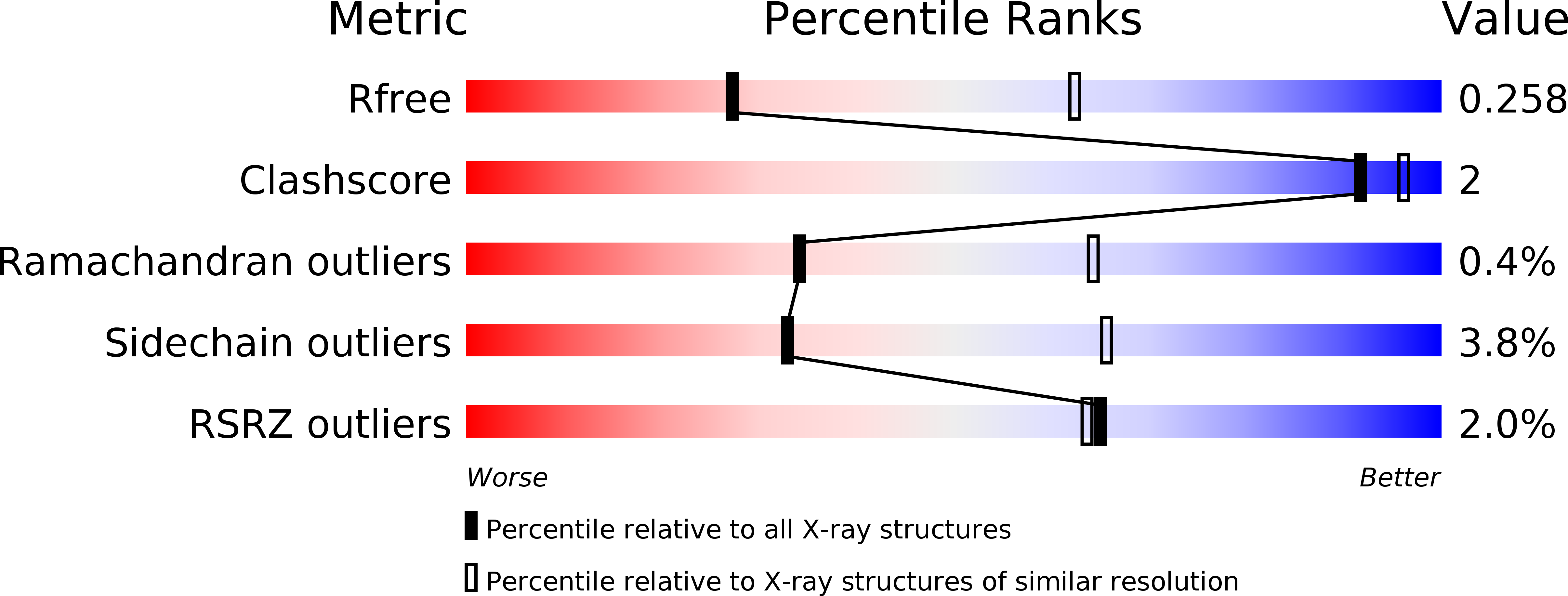
Deposition Date
2018-09-12
Release Date
2018-11-14
Last Version Date
2024-01-24
Method Details:
Experimental Method:
Resolution:
2.87 Å
R-Value Free:
0.23
R-Value Work:
0.16
R-Value Observed:
0.16
Space Group:
P 21 21 21


